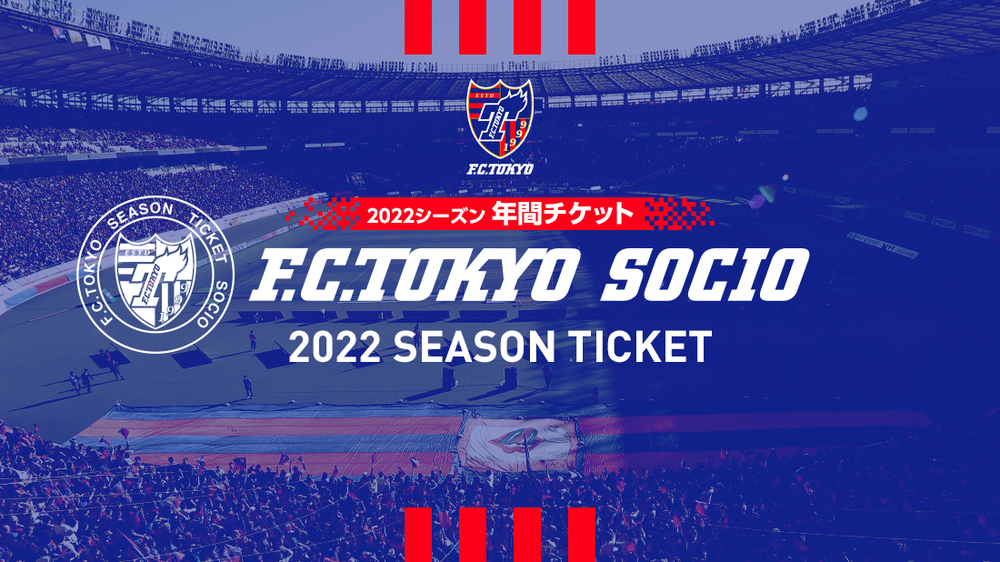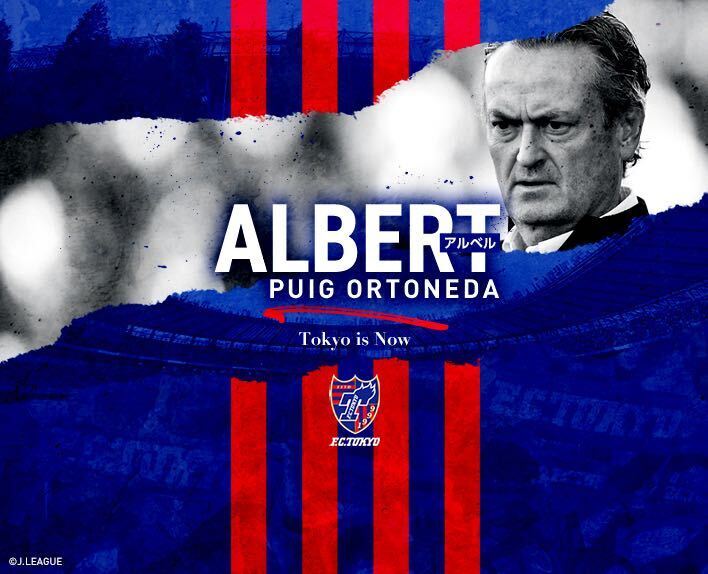Q: First, please tell us about the 2021 season with Nagoya Grampus.
A, it wasn't that I couldn't participate in the matches, and we were able to win titles while consistently ranking high in the league. Although it was the early part of the season, there were times when we had good competition with Kawasaki Frontale. We also fought in the ACL, and as a team, we were in good shape. However, personally, it wasn't a satisfying season, and as my appearances as a defensive midfielder increased, it is true that I was fighting with complex feelings between my personal emotions and the desire to fight for the team. I believe that the reason I couldn't play in that position anymore was because the results didn't follow when I played as a center-back. It was a year filled with many thoughts.
Q, during your time at Cerezo Osaka, you played under coach LOTINA and showcased your solid defense while partnering with Matej JONJIC as a center-back. On the other hand, when you transferred to Grampus, it was a challenge knowing that there were rivals in the same position, such as Yuichi MARUYAMA and Shinnosuke NAKATANI.
My time at Cerezo was very fulfilling, but I wanted to change my environment and take on a challenge, not just play in matches. I had a strong desire to take the position from the two established regulars at Grampus, but the main reason was that I prioritized changing my environment first. After that, I thought about winning the competition. At the beginning of the season, I started on the bench and occasionally played as a center-back. I was able to handle it without getting too down, and since I transferred to a team that was already well-formed, I understood that situation. However, when Maru-san (Maruyama) got injured, the situation changed, and I started playing more as a defensive midfielder instead of a center-back. I had a similar experience during my time at Cerezo, and while I was able to play in matches, it might be a luxurious concern, but honestly, there was some internal conflict about that.
Q: Kimoto is a player who can perform at a high level as both a center-back and a defensive midfielder, but his true desire is to compete as a defender, isn't it?
A, my feelings about that are very strong. To be honest, I feel limited as a defensive midfielder, but as a center-back, I can showcase my strengths and still have room to grow. Given my age, I want to compete as a center-back from here on. During the LOTINA era, I experienced playing as a center-back, and I have the impression that my skills greatly increased; that period has become the foundation of my career as a player.
Q: How did you feel when you received an offer from Tokyo?
I never expected to receive an offer, so I felt very grateful. With the new appointment of Albert PUIG ORTONEDA as the coach, I believe the way of playing values positioning and the ball, creating an environment for both challenge and growth. I have a strong desire to take on this challenge once again.
Q: You mentioned that you spoke with Coach Albert PUIG ORTONEDA once. What was your impression at that time?
A, he was a very cheerful person and talked a lot. I thought he was different from Coach LOTINA, even though he is also a foreign coach. He himself said, "His (Coach LOTINA's) personality is the complete opposite of mine (laughs)." I was very nervous, but he also told me, "Smile more" (laughs). As for soccer, he said, "It's a style that values the ball, so I think we can grow even more."
Q: What are your impressions of Tokyo's attack and defense so far?
A, in terms of offense, the powerful attacking lineup certainly makes an impact. Of course, there are foreign players, but Japanese players like Kensuke NAGAI, who is a senior from Fukuoka University, also leave a diverse impression. In terms of defense, I believe Masato MORISHIGE is the type of player I aspire to be like, and there are many aspects of him that I want to learn from.
Q: What aspects of player Morishige are you concerned about as a fellow center-back?
First of all, in terms of building up the attack, we can execute both long kicks and short passes. In defense, I have the impression that a lot of thought is put into the defending. I think that both aspects are styles I want to learn from and aim for. When it comes to actually forming a partnership, I still don't have a concrete image, but since he is an excellent player, I might often be helped by him, and I definitely want to form a good partnership.
Q: Player Morishige is a versatile type, and like player Kimoto, he has also had opportunities to play as an anchor. However, both of them give the impression of being mainstream types of center-backs in modern football.
A, that's right. Coach Albert PUIG ORTONEDA also said, "The center backs will have more time to handle the ball." In that sense, if we can get the ball out from both center backs, it will make it difficult for the opponent. Besides Morishige, there are also young and good center backs in the team, so I want to win that competition.
Q: By the way, the name of your senior from university, player Nagai, came up. Are there any other players you are connected with?
A, there is absolutely none of that (laughs).
Q, You're really diving into a zero-base situation, aren't you? (laughs)
A, Yes, that's part of the challenge too! (laughs) By the way, when I transferred to Nagoya Grampus, Yoichiro KAKITANI also moved from Cerezo, but I didn't have any close friends other than him. Personally, I think jumping into an unknown environment doesn't suit my personality. I'm not the type to actively start conversations, yet I transferred from Nagoya to Tokyo this time. It's contradictory, isn't it? (laughs).
Q: Player Kimoto has won cup titles during his time with Cerezo and Grampus, but he has not yet experienced winning the league. This is the same situation for Tokyo itself, but could you share your thoughts on the desire to conquer the league?
A title is an invaluable and unforgettable experience in my football life, no matter when it is won. My desire to experience a league title that I have not yet won is very strong. I definitely want to achieve that here in Tokyo.
Q: By the way, does player Kimoto watch overseas soccer or matches of other J clubs?
I don't watch much overseas football. I've watched a lot of J-League since my student days. My favorites were Urawa Reds' Yuki Abe and Ryota MORIWAKI. After entering Fukuoka University, I started watching the Reds' football, which was managed by Mr. Mischa (Mihailo PETROVIC, current coach of Consadole Sapporo), and I liked it because it was very attacking and interesting. Although MORIWAKI is a defender, he is very good at joining the attack, and since I was also a defender, I enjoyed watching him attack. Abe is a player with high quality whether playing as a defensive midfielder or center-back, and like Morishige, he is the type of player I aspire to be. I also respected his attitude of fighting for the team.
Q: I have lived in Shizuoka, Fukuoka during my university days, and then Osaka and Nagoya, and now I am starting my life in Tokyo for the first time. I've pretty much conquered all the major cities, haven't I? (laughs)
Well, thinking about it, that's true (laughs). To be honest, life in Tokyo is nothing but anxiety for me. I like the slow atmosphere of Shizuoka, and that's where I feel most at home. Even when I lived in the city, I tried to maintain that feeling. I'm going to the capital of Japan, but I'm not really good with crowds, so I wonder how it will turn out (laughs).
Q: Due to the impact of COVID-19, there is a possibility that spectator restrictions will be eased in the 2022 season, and I believe many fans and supporters will return to Tokyo's home, Ajinomoto Stadium. Until now, it has been a stadium visited as an away team, but are there things you are looking forward to about playing at Ajinomoto?
In 2019, I had heard that the number of spectators was amazing, and when I fought as a member of Cerezo, there were a lot of fans at the matches, creating a great atmosphere. The matches between Tokyo and Cerezo at Ajinomoto were often tactically interesting battles because they featured teams led by Kenta HASEGAWA and LOTINA. I have a great memory of those matches being very enjoyable as they showcased each team's characteristics. Next time, I want to compete in a match at home where Ajinomoto is filled to capacity.
Q: What aspects would you like the fans and supporters in Tokyo to see?
I think I'm a rather unassuming type as a player, but my desire to contribute to the team has always been strong, so I hope people will notice that even in a supporting role. In terms of play, my strength lies in aerial battles. I'm particularly good at competing in defensive situations, so I hope to draw attention there. On the other hand, I haven't scored any goals with headers in the attacking phase since 2017, so that's a challenge for me. I want to improve on my finishing. Player Morishige scores every season, so I want to learn from that as well. Also, during my time at Grampus, I couldn't showcase it much, but I hope people will pay attention to my passing from the back line.
Q, and in the context of your soccer career, it seems that there is significance in competing here as a center-back.
A, yes, I want to challenge as a center-back, and conversely, I have a strong feeling that if I don't achieve results here, it will be the end. I want to approach this with a sense of urgency.
text by YUKI NISHIKAWA








